Coming soon: Climate Action Program
Our Climate Action Education Program provides a set of interactive lesson plans, presentations, and hands-on activities designed for middle and high school educators to teach climate science and the socioeconomic factors driving climate change. Students learn about actions they can take individually, discuss what is necessary for systemic change, and pathways to green jobs in STEAM fields.
-
Climate Science and Action
Our foundational lesson builds the base knowledge students need to understand the science of climate change, where it is happening, and its local and global impacts. They will investigate actionable steps and solutions to reduce carbon emissions and ways to restore climate health.
-
Renewable Energy
Dive into fossil fuels, sources of renewable energy, and how adapting energy systems help address climate change. Students learn about solar, wind, hydro, geothermal, biomass, and nuclear energy and build their own power grid.
-
THIS IS MY EARTH: Biodiversity Conservation in Action
Introduce students to the real-world application of conservation biology through participation in a global conservation project with the nonprofit, This is My Earth (TiME). Students take action to protect threatened ecosystems through research, presenting, fundraising, and voting on projects taking place in biodiversity hotspots worldwide.
-
Consumption and Waste
Learn how current systems perpetuate consumption and waste by design before diving into the science and solutions of waste reduction at home, locally, and regionally. Students will map the life cycle of a product's materials or create goods using cradle-to-cradle methods to understand how these processes affect climate change.
-
Built Environment
Learn how our built environment - urban design, planning, and development - impacts socio-economic structures and climate change. Explore local and global initiatives working toward sustainable infrastructure, benefitting the community and environmental health.
-
Climate Justice
Examine the history and systems behind climate inequity to understand how climate change unfairly impacts impoverished and non-white communities locally and globally. Learn about the worldwide climate justice movement and how people are coming together to work for a more equitable climate future.
